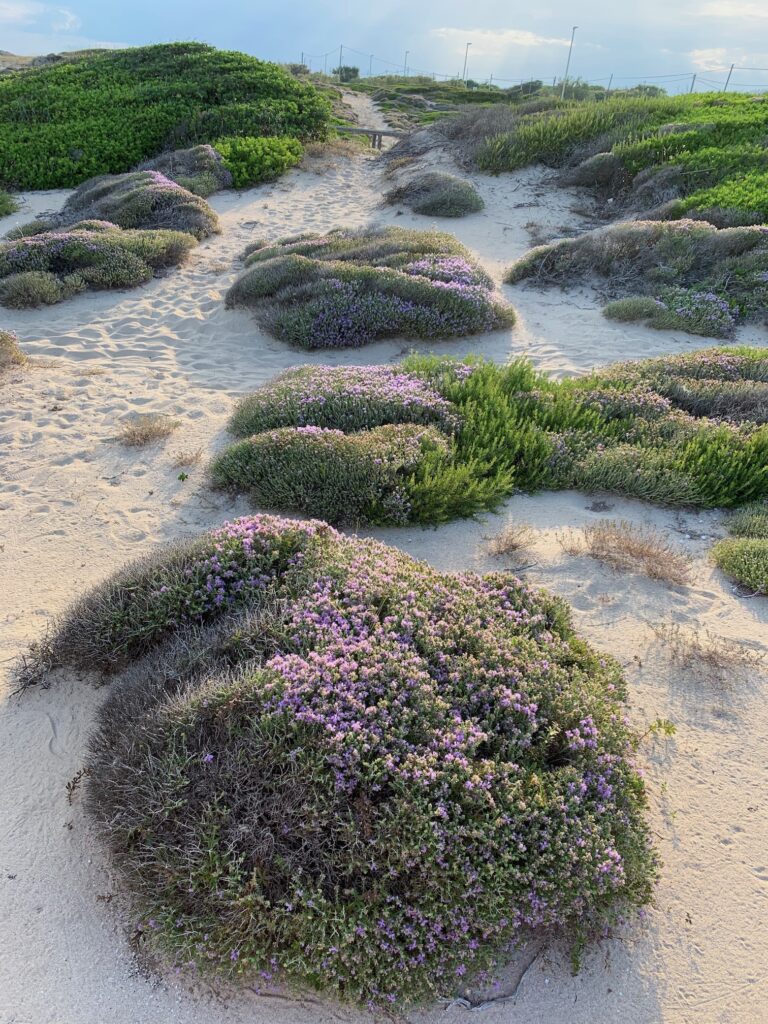
There are so many definitions of life that, in order to be truly understood, require more than just a set of stand-alone words. With language, a person will run into this reality early on and sometimes to frustrating ends. When I purchased my first French-English dictionary, back in the days of no internet, it took no time at all to learn that this catalog of knowledge had many frustrating limitations. The pages more housed lists of terms that I might be wanting to talk about. As for being completely sure, a whole new level of learning and comprehension then became necessary.
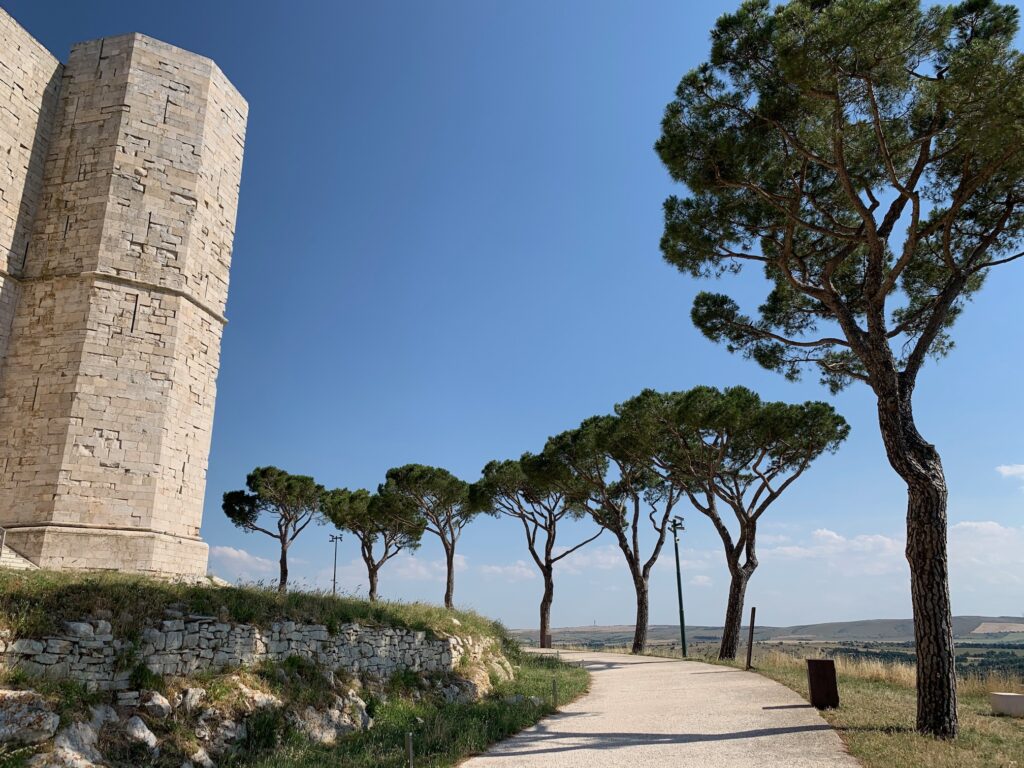
It’s a microcosm of an example, but I was reminded of this once again last week while in the south of Italy. It’s pretty hot here right now, and as someone exploring the country with new eyes, it was proposed that I try one of Italy’s best answers to hot summer mornings, a caffè leccese. Lecce is a province in Apuglia and is better known as the heel of Italy—so I understood that in Lecce they prepared their coffee in their own particular way.
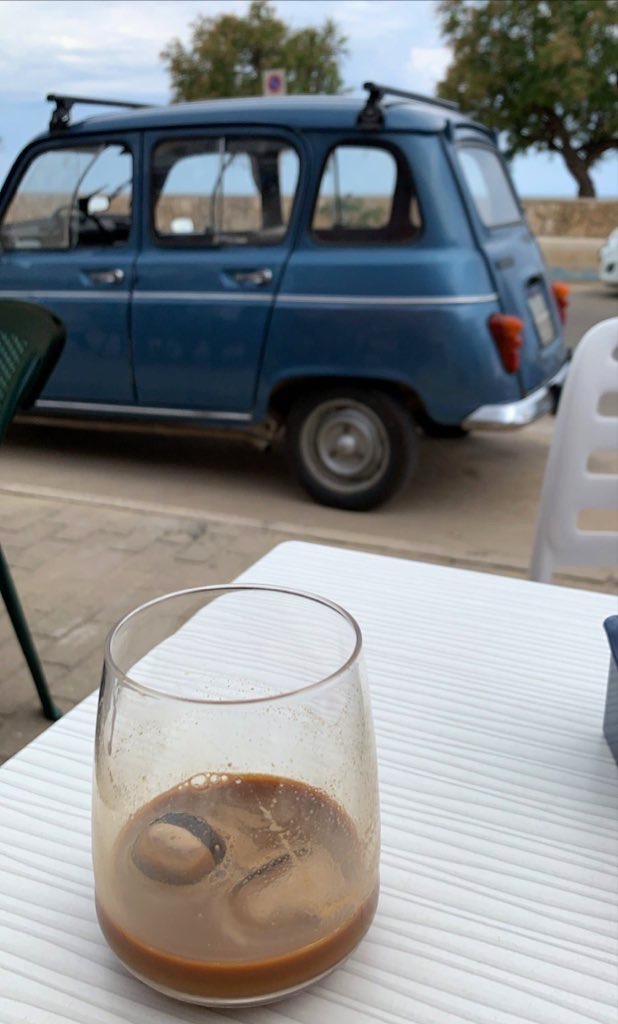
On a Sunday morning in Lecce, the caffè leccese was ordered. A barista set up two glasses: one was a regular tazzina da caffè while the other was pretty much a glass whiskey tumbler filled with a couple of ice cubes. The tazzina held a standard dose of coffee (hot, no sugar—perfect in my opinon), while the glass with ice contained a bit of white milky liquid.
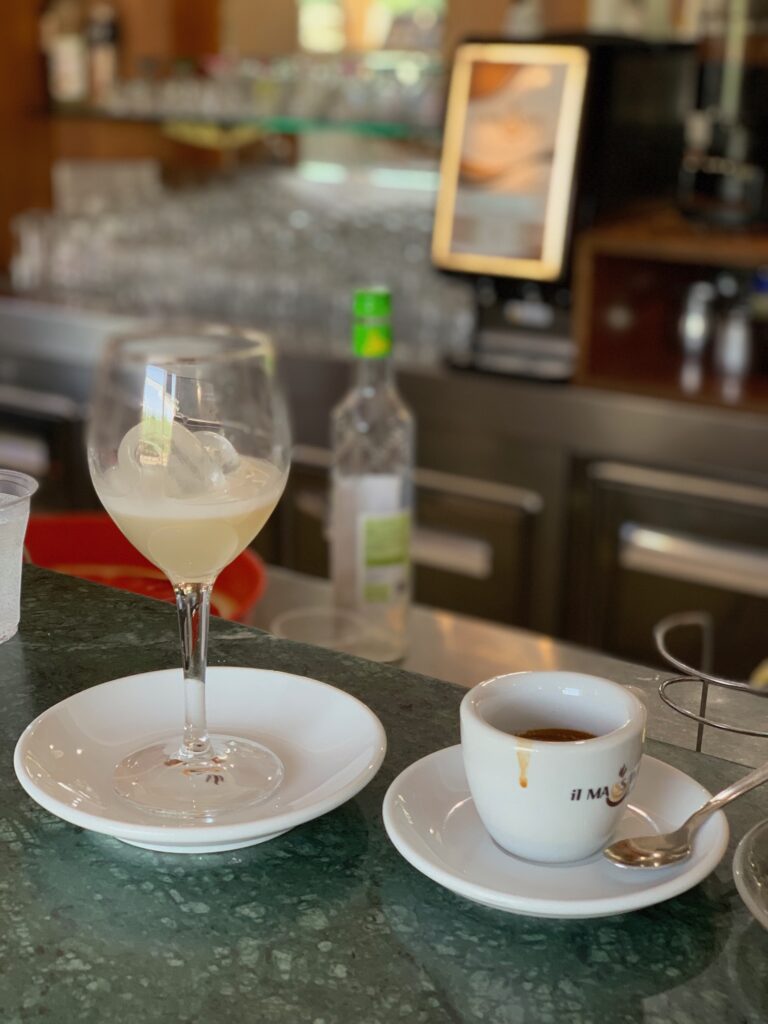
“This is latte di mandorla,” I was told of the whiskey glass’s contents. “So you take the coffee cup and pour the coffee into the glass.” Next he took glass and did what they would call in southern dialect sciammarisciare—shake the glass roughly (although I suspect that this verb is more commonly associated with the sea). As the glass moved, I watched the coffee’s deep earthy tone slush around the glass until the color was tempered to a softer shade of toffee. The three ice cubes were melting quickly.
“Now you try.”
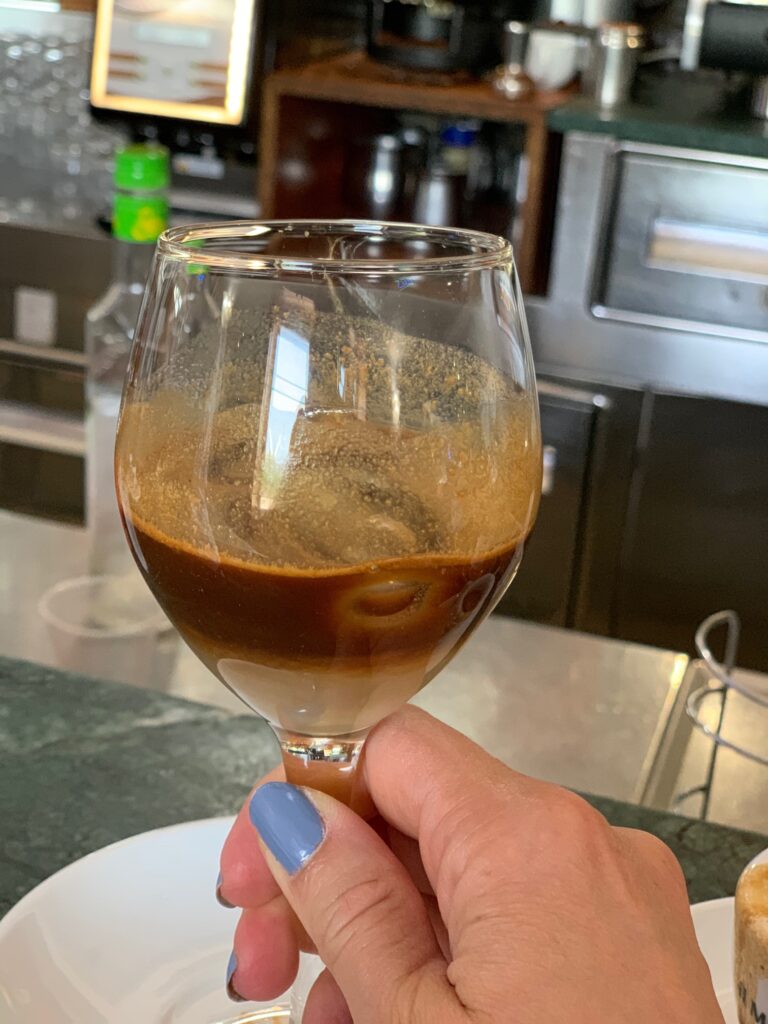
I dumped the contents of my coffee into the glass, some of the residue already running down the side of the porcelain cup. I gave it a swirl, then went in for my first taste. Delicious. I needed to shake it a bit more, but the contrasting levels of flavor started with an almost marzipan taste, but then it grew to a more delicate edge once I fully incorporated the bitter coffee, except the bitter coffee gave it a more delicate edge. The people of Lecce- the Leccesi—they know what they were doing.
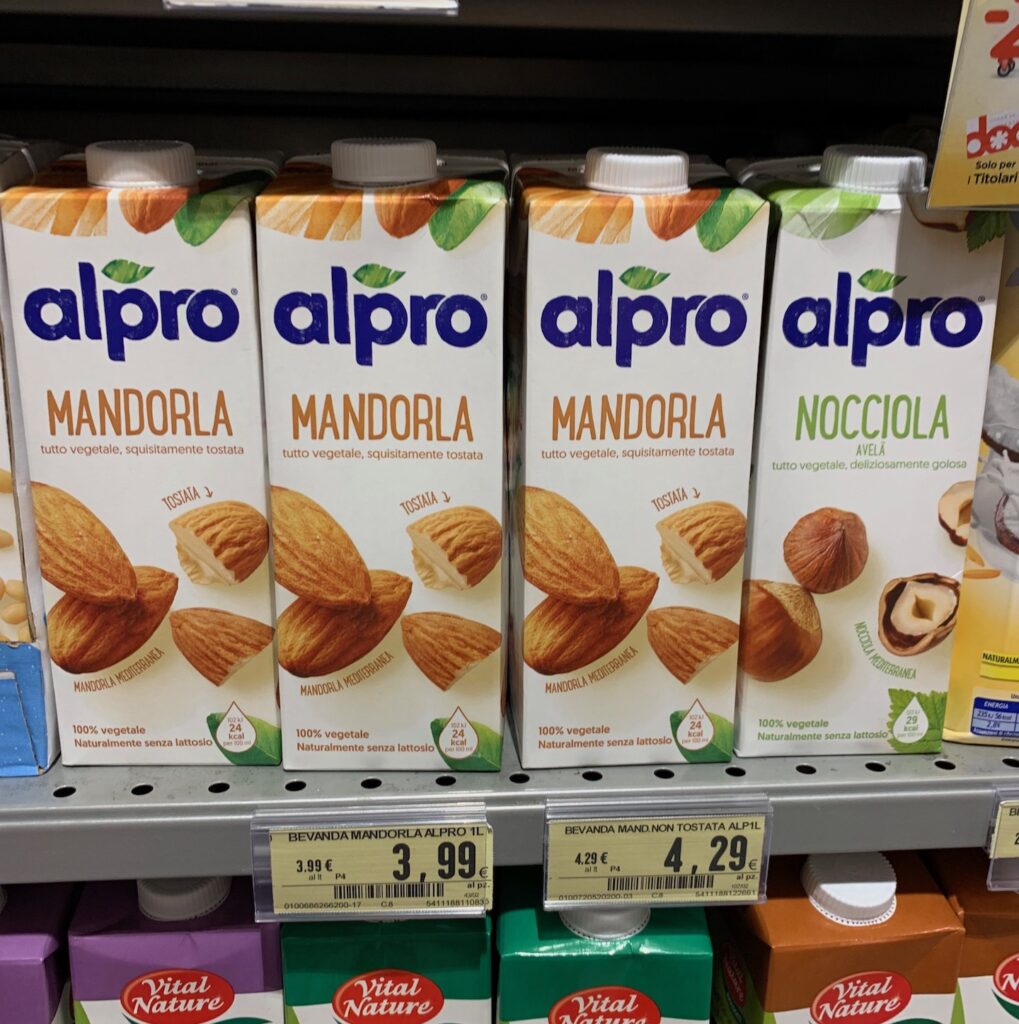
And to return to the latte di mandorla. I know all of these vocabulary words so it was easy for me to understand what it was as we stood at the bar. It’s almond milk. So now, not only was I impressed that Italy had cracked the code on almond milk long before it became a supermarket staple, but they’d manage to concoct an amazingly delicious beverage with said product. Ah, the beauty of discovering new places and delicacies.
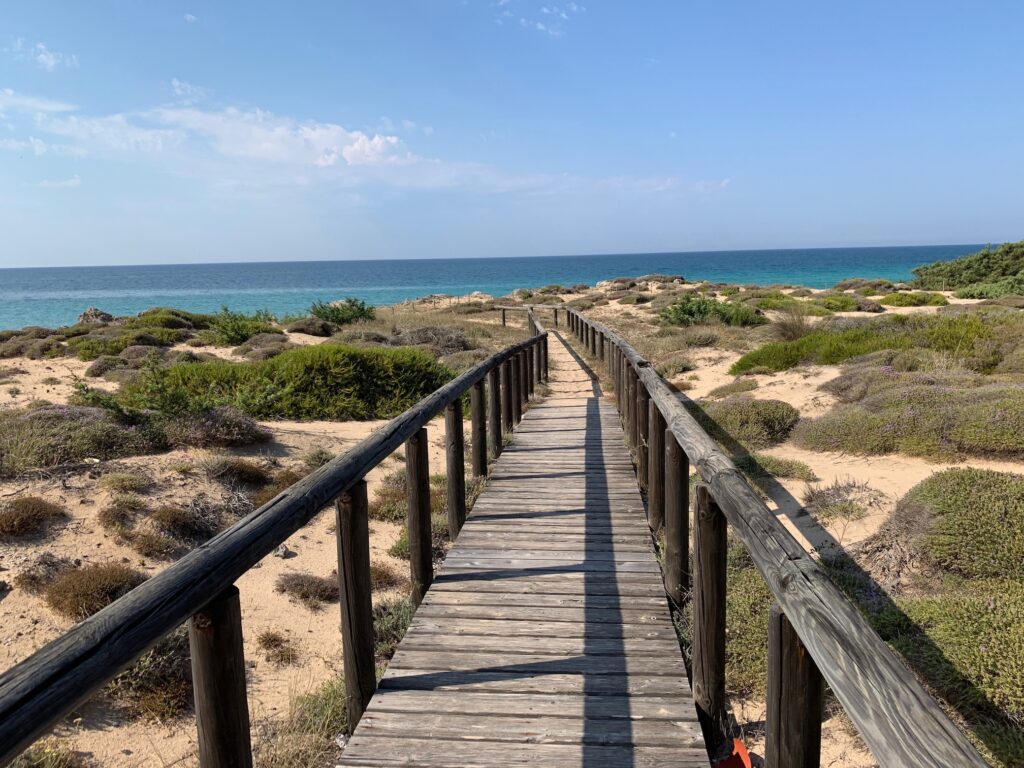
Next we fast-forward to a week later. I was driving in the post-lunch afternoon and in need of some caffeine. I was no longer as far south in Italy’s heel, but I was far enough south that it would be perfectly acceptable to order another caffè leccese. I was still intrigued by the drink. So on this occasion, I watched the barista more closely as he pulled down fresh glasses. To be honest I wanted to see what kind of almond milk he was using, as I’ve found the store-bought brands to be very expensive in Italy. And sure enough, in putting together the coffee’s components, I suddenly realized that I had again stumbled into the old lesson that translation has finite limits.
“I’ll be right back,” he said, holding up an empty glass bottle, “I need more of this.”
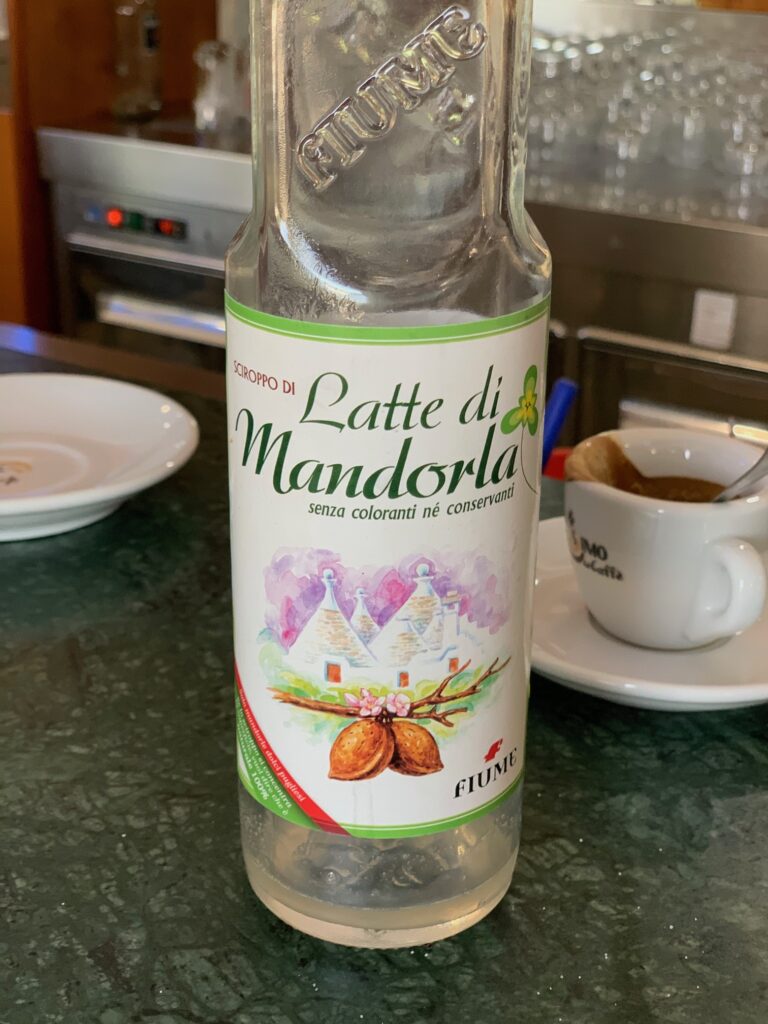
I looked at the label on the bottle and did a sort of a double take. The design of the bottle indicated that it was something from your standard line of sugary syrups. Except for this one, the label pronounced it to be latte di mandorla. There was even a virtuous almond painted onto the label, framed by the region’s charming and famous trulli.
While the barista was out in the back room, I grabbed the empty bottle. My eye shot up and I showed it to the Italian standing next to me. “This…is latte di mandorla??” I asked.
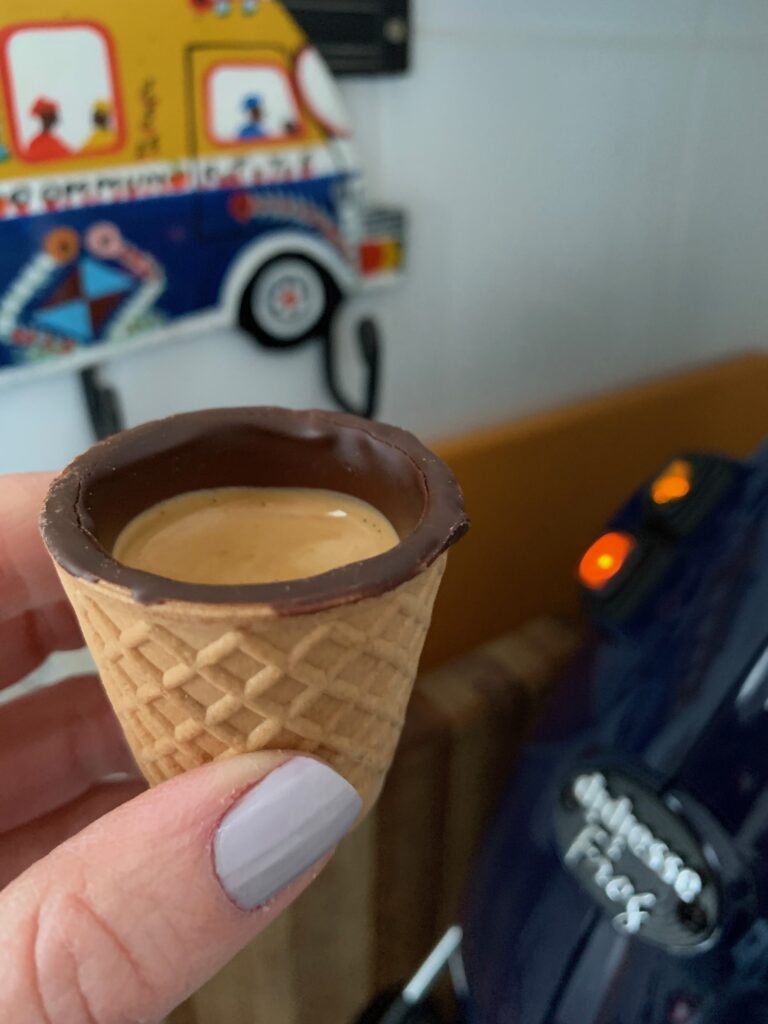
“Sure,” he said, surprised by my lack of comprehension. Then my brain kicked ‘catch up quick’ mode as I flashed back to the dozens of occasions in my life where I’d added almond milk—even my homemade versions—to a cup of coffee. Never had it come anything close to tasting as good as a caffè leccese. The high dose of sugar that now sat before me was the only logical explanation.
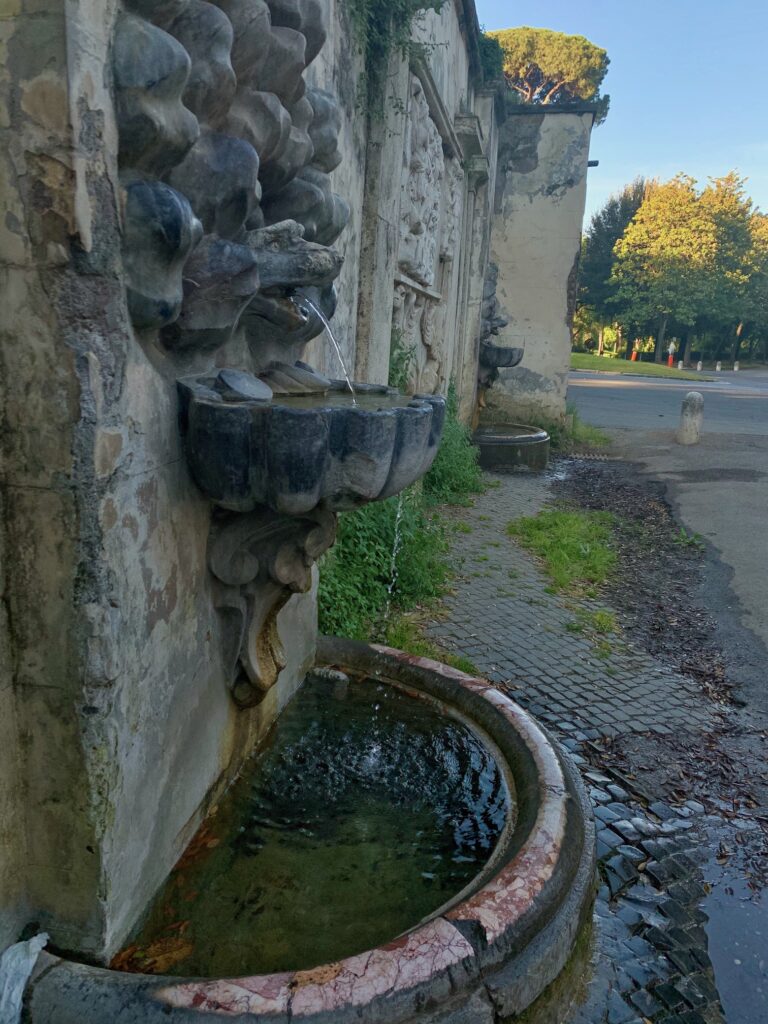
If you want to the simple meaning of latte di mandorla—either through Google translate or wordreference.com, then they will tell you that it means almond milk. And then your brain’s personal history of cultural reference points will summon a specific image for what almond milk looks like. Kinda like, if you ask me where the nearest bubbler is located, I will conjure up a certain image in my head and give you directions accordingly. For me, as a New Englander, a bubbler is a water fountain and so I just sent you on your way to get a drink.
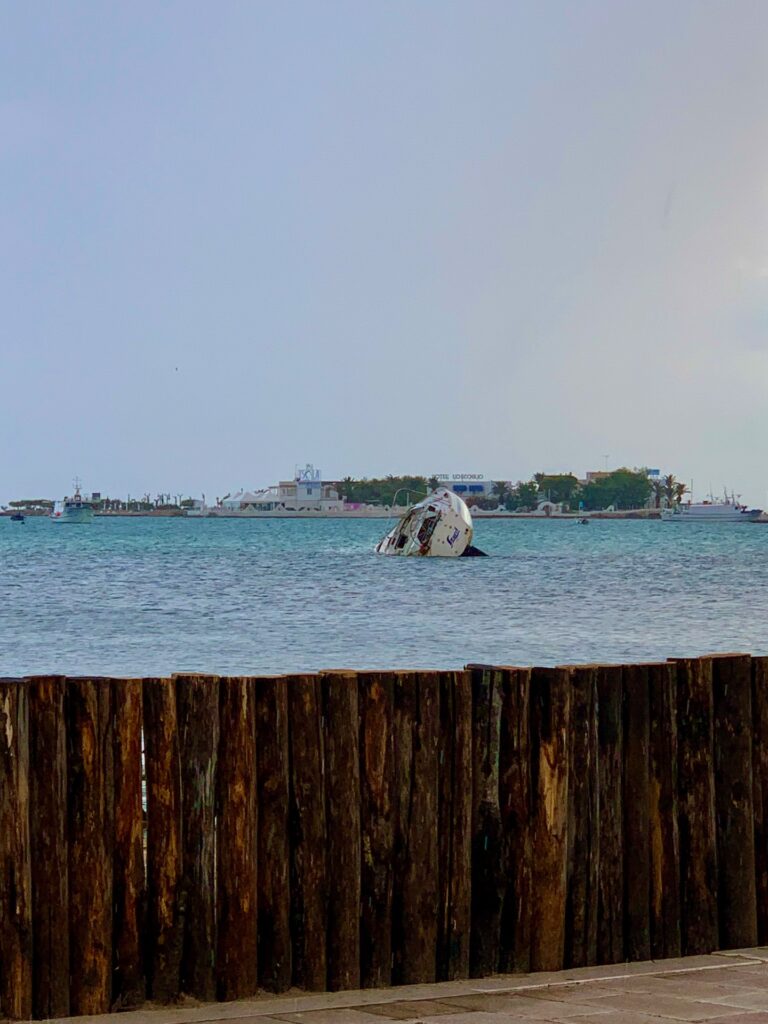
Stuff like this, whether in large or small scale, is the type of crap that fosters misunderstandings that can have larger implications. Culture and context are so incredibly important, and at its worst, one person’s lack of familiarity (or inability) to see past a literal translation can have detrimental consequences. Misunderstandings crop up that are more notable than the delusion that my drink wasn’t a stop on the superhighway to diabetes.
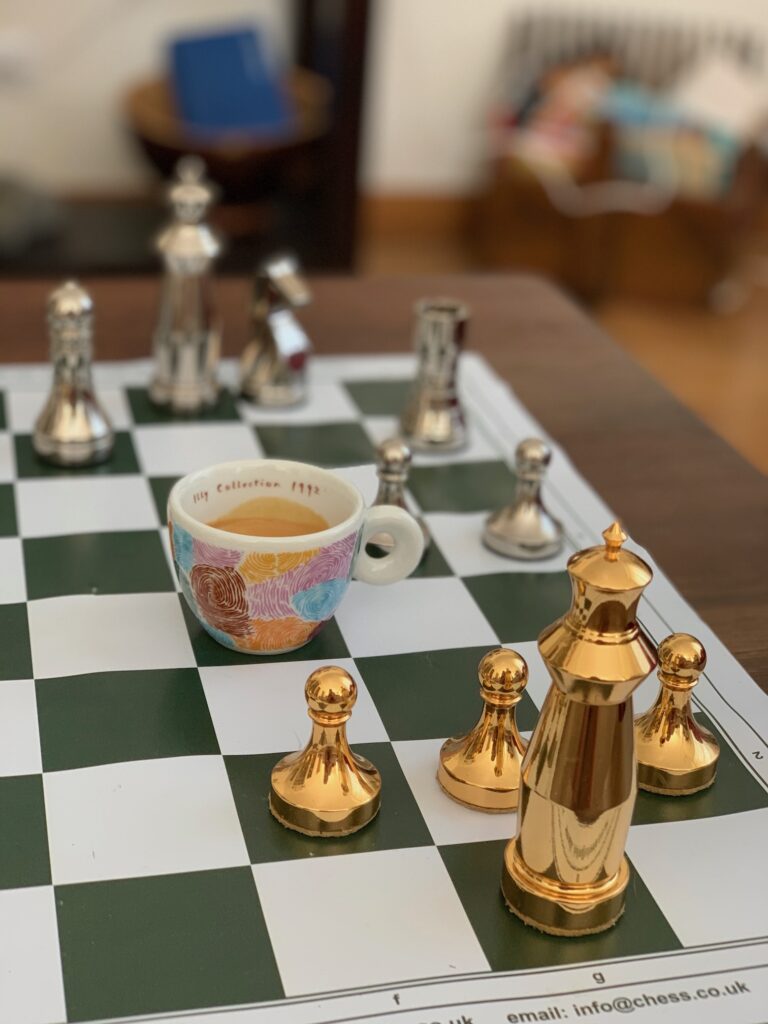
A lot of my life and work has consisted of me trying to learn and thus transfer my understanding between different sets of communities. I love doing this because it is not only fun (and truthfully demands a healthy sense of humor), but also because I think it is a critical task. Aiming to get people on the same plane of understanding really helps our big planet to play together more smoothly. We don’t always succeed, but it’s a dumb idea to stop trying.
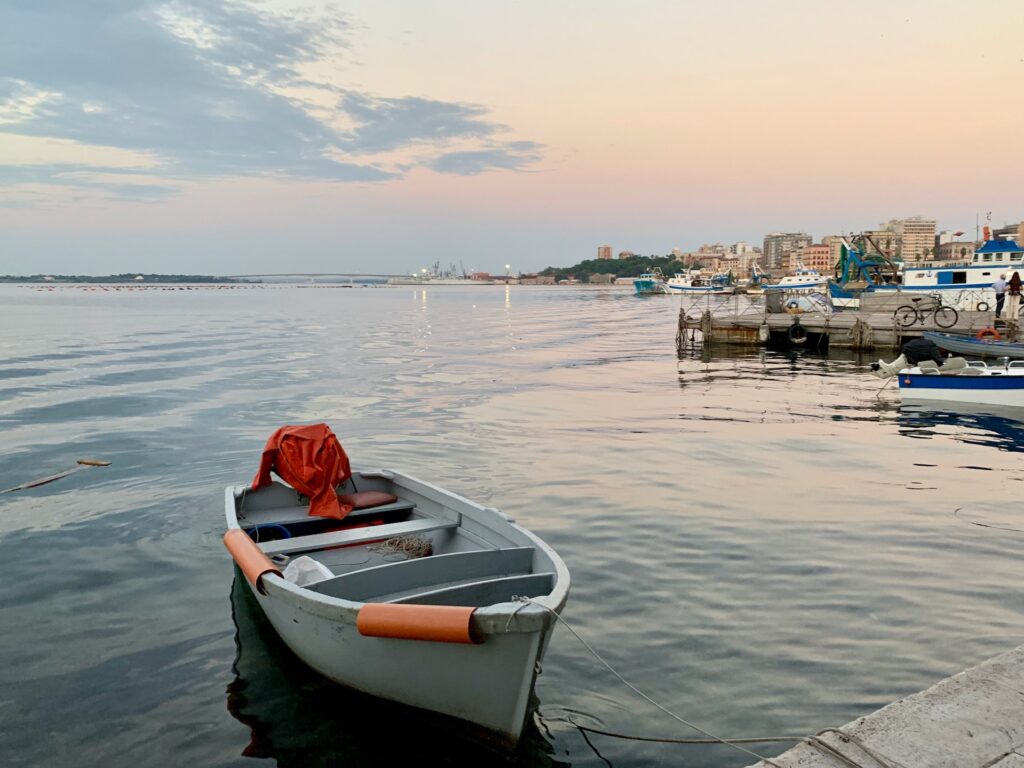
I’m gonna order caffè leccese again, next time I am in the south. Yes, because it is delicious—even though adding sugar to coffee is something that I usually abhor. But I’ll order it for a different reason now. That modest cup of coffee reminds me to stay open to possibility, even though I think I know what’s going on. To remember that even though I am being told one thing, what I am understanding might not actually be the reality. What really matters is whether we’ve got the interpretation right.